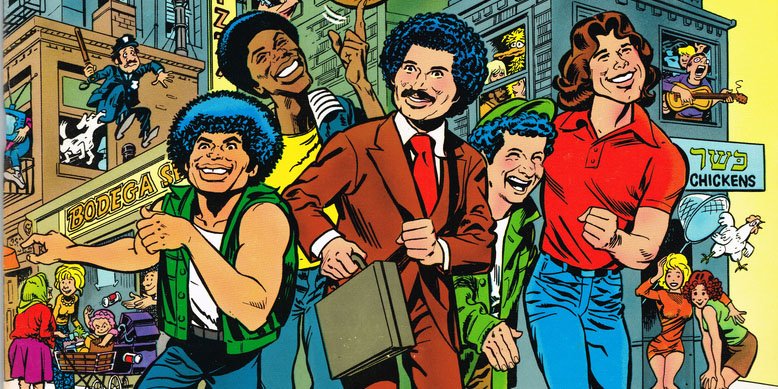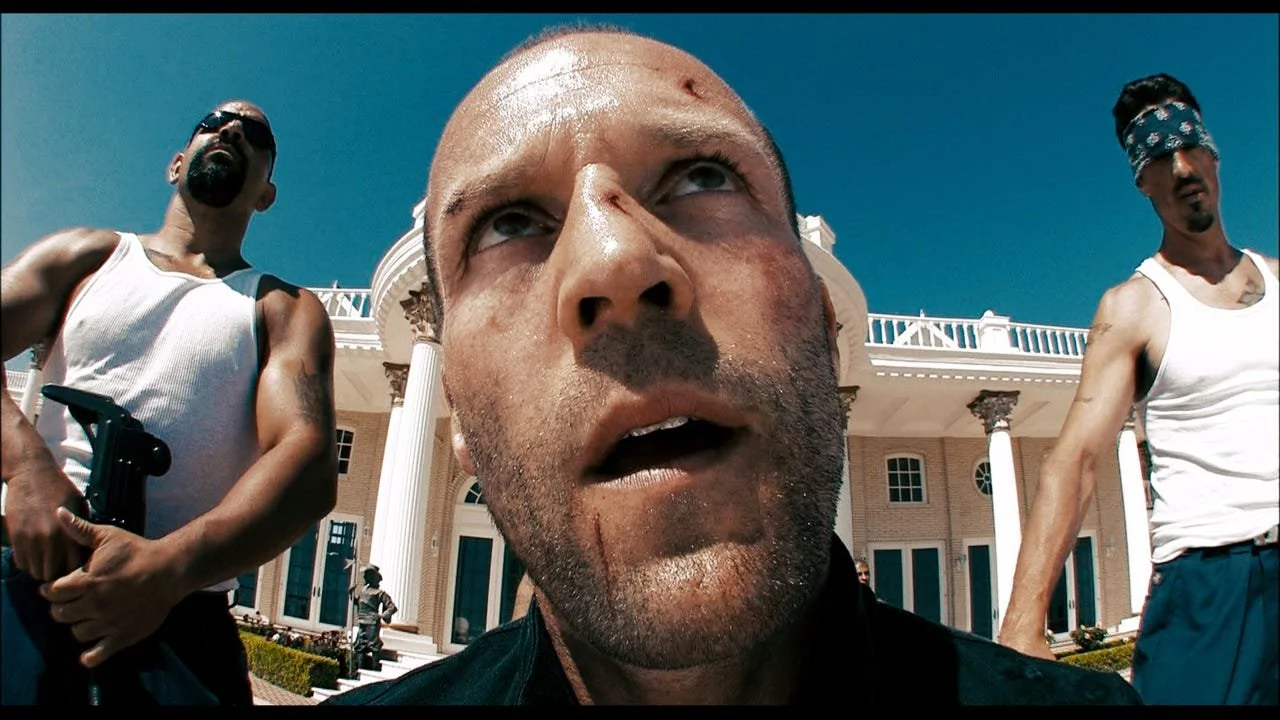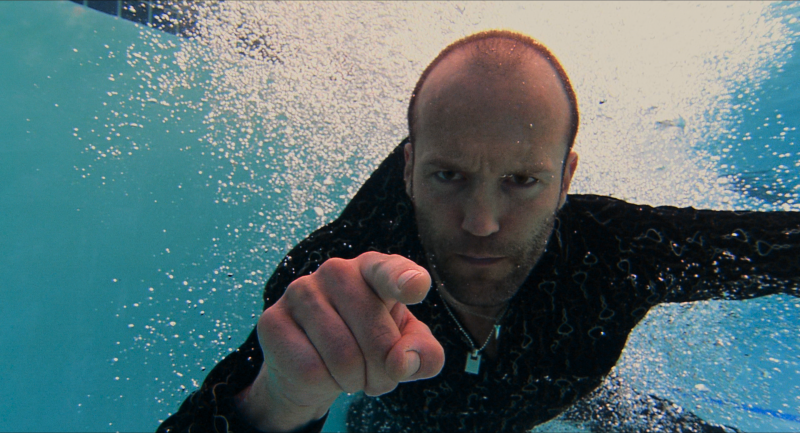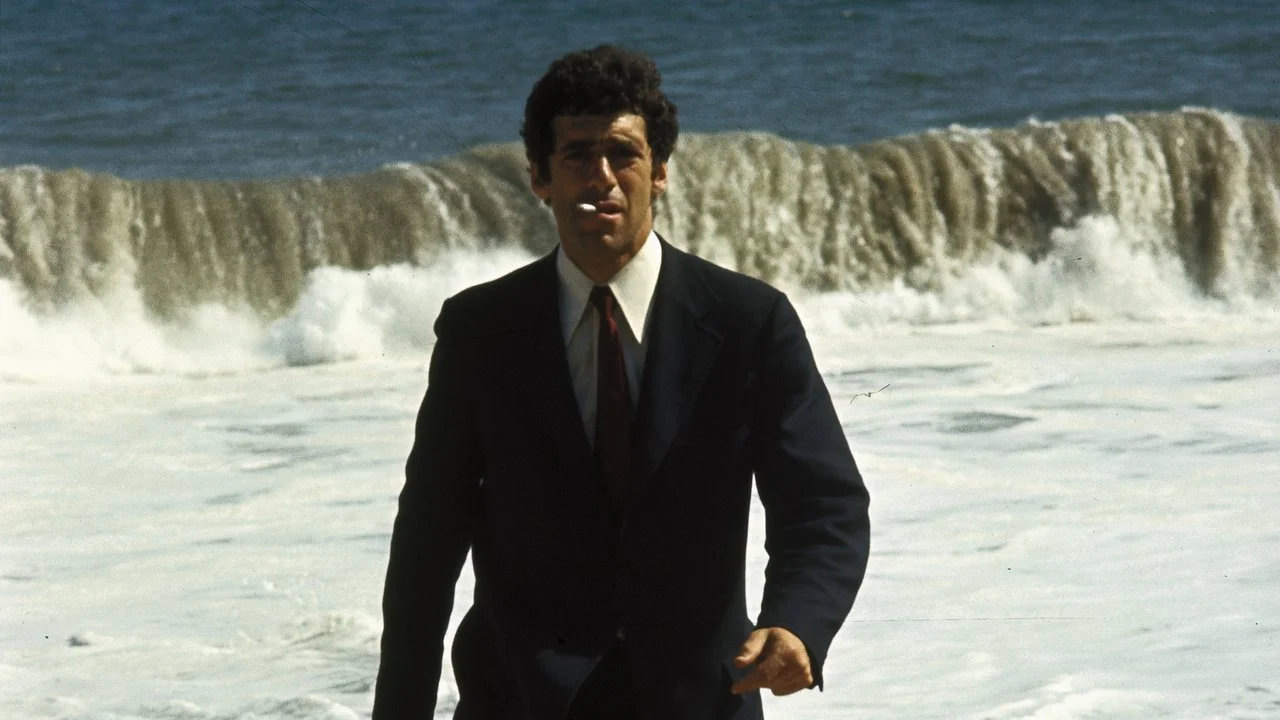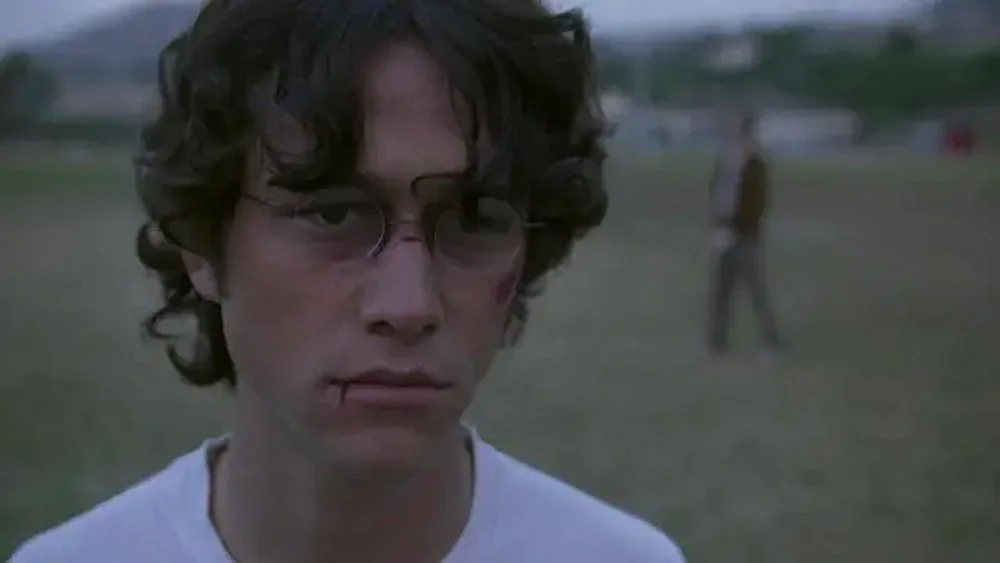Ant-Man and the Wasp: Quantumania is an empty room
/The third Ant-Man is a deeply mediocre movie, a mechanism with almost no moving parts designed to deliver as little story as possible in two hours and four minutes. The overall effect is like taking a shower that never quite reaches the desired temperature: the shower does its job, but in a purely utilitarian fashion. By the end of it all you can definitely say that you got clean, but you certainly didn’t enjoy it. Much. Well, maybe a little.
The premise, such as it is: Scott Lang (Paul Rudd), aka. Ant-Man, is basking in his post-blip Avengers career. People recognize him on the street, he has a book out, and he’s more or less coasting on his reputation. Meanwhile, his daughter Cassie (now played by Kathryn Newton) is a young genius - does the MCU produce any other kind of child? - getting thrown into jail for attending protests. She’s taken the lessons of heroism seriously and wants to help the world. This is a source of conflict (sort of) between her and her father, who seems to have shrugged his microscopic shoulders at real-world injustice. All he wants now, after saving the universe, is to protect Cassie. Remember that character beat, because it’s going to come up a lot.
Meanwhile, the Pym-Van Dyne family - Hank (Michael Douglas), Janet (Michelle Pfeiffer) and Hope (Evangeline Lilly, who may or may not have speaking lines in this film*) are all present. They all have something resembling character arcs, but the water never heats up on these three. They’re here to move the plot from one room to another, occasionally stopping to explain their motivations. The most interesting of the three is Janet, who’s withholding information about the three decades she spent in the Quantum Realm. The charge built up by these secrets is supposed to provide some juice in the second and third acts. It doesn’t.
Over pizza, Scott discovers that Cassie has built a portal into the Quantum Realm, and is actually sending a signal into the microscopic space in order to map it. This news terrifies Janet, but before she can explain the source of her alarm, they’re all sucked into the Quantum Realm. And here’s where the movie begins to fall apart in earnest.
The Quantum Realm, far from the dead subatomic realm of the second Ant-Man and Avengers: Endgame, turns out to be a thriving ecosystem of membranous flora and gelatinous fauna, as well as entire societies of weird creatures. It looks and feels like a Rick and Morty riff on Star Wars, probably screenwriter Jeff Loveness’ last gig was Rick and Morty. Loveness’ experience writing jokes for Jimmy Kimmel Live and the primetime Emmy specials also explains the constant winking humour (Quantumania even deploys the “Welcome Back, Kotter” theme song at strategic points in the film, which strengthens my belief that the MCU mutated into a massive sitcom somewhere around 2016).
The Quantum Realm also contains Jonathan Majors, playing the dimension-hopping villain Kang the Conqueror. He’s the secret that Janet van Dyne has been keeping from the rest of the family. You see, she befriended Kang and almost helped him escape the Quantum Realm, but then crippled his escape vessel when she realized he was a bad guy. This is the source of her shame, and you have to really squint to see this in the way that Quantumania requires. None of it works, because MCU protagonists are not allowed to do anything genuinely bad. The character is given the shape of a redemption arc without any of the content, and once she info dumps her shame to her family, they immediately forgive her. This is the end of Janet’s story, but there’s another of movie to get through, so now she’s there to stand around and provide stage directions.
Michael Douglas and Evangeline Lilly are given so little to do that their presence is baffling. Hank flies a weird gross ship and plays the jealous husband every so often. At one point he rushes in to save the day with a farm’s worth of ants, but I didn’t even realize that he’d gone missing at some point. As for Hope - the Wasp of the movie’s title - she has nothing, and I stress nothing, to do. She’s reduced to an exposition prompt whose lines mostly boil down to “Where’s Scott?” and “What’s going on, Mom?”
And then there’s Modok (or, pardon me, M.O.D.O.K.). Jesus, Modok. The running time of this movie could have been trimmed by a solid fifteen minutes, just by removing Modok.
Look, there’s a villain, there’s a MacGuffin, there’s a big fight and a happy ending. The movie tries to stuff some characterization into its giant empty spaces, but they’re so thin that they evaporate. The empty visuals of the Quantum Realm, which often consist of the actors standing a straight line or running around a warehouse with a Volume screen behind them, make a perfect metaphor for the movie as a whole. Given nothing of substance to interact with, Quantumania can only stand there, reacting to nonexistent spectacle and pretending it means something.
*I skimmed through the movie and jotted down every time Evangeline Lilly spoke. I counted fifty-two separate lines. None of them are about herself.

